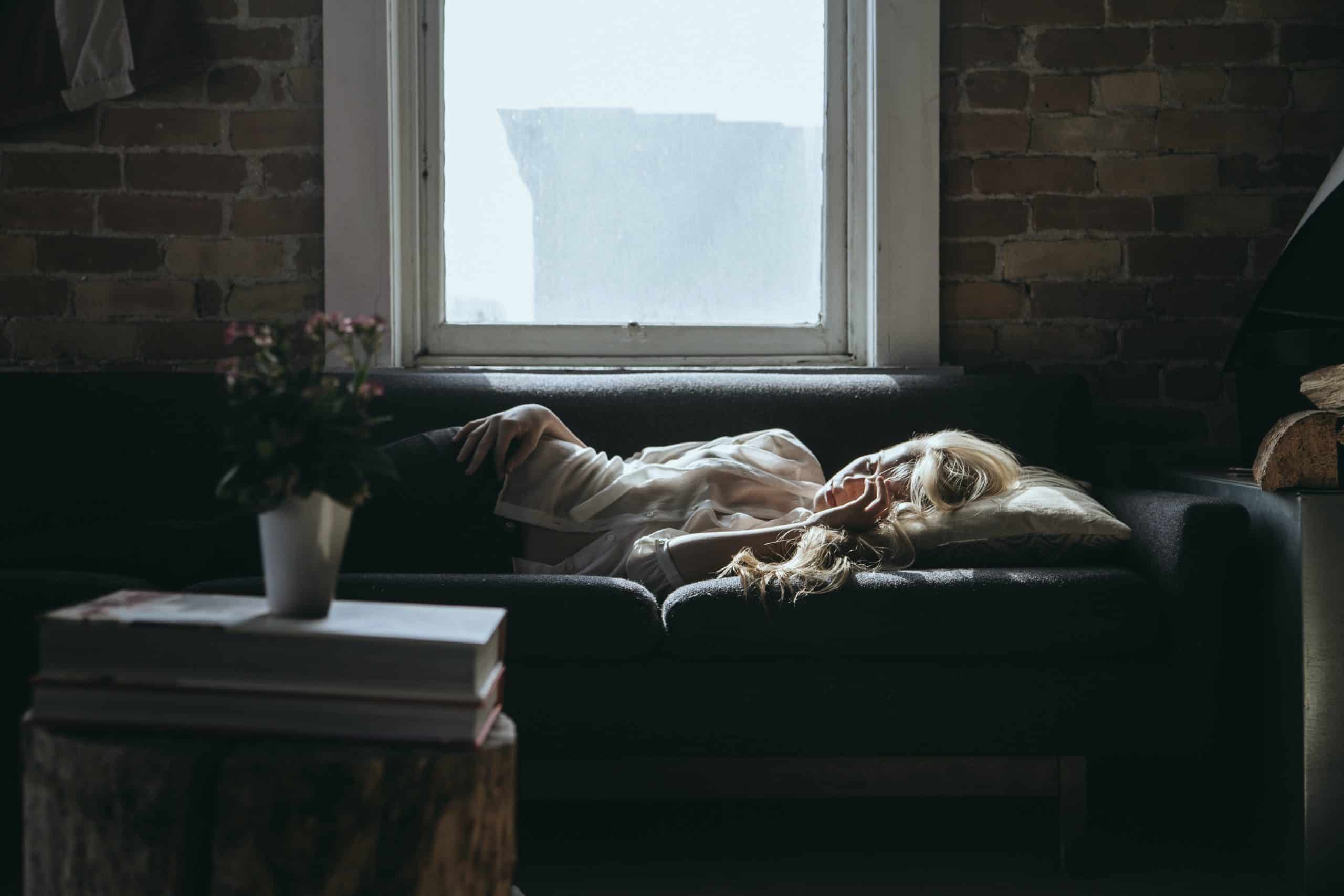
October 1, 2020
As we move away from the longer sunny summer days, and into the cooler nights of the fall season, many may take notice of the mood and behavioral shift that accompanies this seasonal transition. Feelings of lethargy, lack of motivation, and lingering gloom start to creep up during this time, contrary to popular belief it is not a figment of imagination or a manifested thought process, it is indeed an environmental change and biological phenomenon that is common amongst most people. As well as, unfortunately, so severe that there is a condition formulated out of this occurrence referred to as Seasonal Affective Disorder (SAD).
It has been found that the human body processes the time change from daylight savings time in accordance with our inner time clocks, meaning that it recognizes the lack of light stimulation in the fall and winter season as a time for shutting down for the day. This can explain the increased sleeping times among people in the months associated with fall and winter, as well as the increased amounts of anxiety and depression rates. However, while the biological process explains as to why this happens as we reach the colder seasons, the question still lies in what is the difference between feeling a slight seasonal mood change and the development of Seasonal Affective Disorder and how can we prevent or cope with this mental phenomenon.
As with any mood disorder, SAD is characterized by projecting certain symptoms for long periods at a time consistently such as feeling overly depressed, having low self-esteem, impaired functionality, and thoughts of self harm only during the months of winter for a year or longer. Whereas a seasonal mood change is characterized by feeling lethargic, taking naps more often, and a lack of motivation for a less consistent amount of time or intermittently during the season. Both instances are valid, however, depending on severity and frequency of symptoms further treatment and assistance may be necessary.
In terms of treating SAD and having different coping mechanisms, there are multiple methods of therapy and mental health exercises that can help lead the affected individual to recovery. One of the most common is the pairing of medication with light box therapy, a method that is quite literal in the sense that the person uses a bright and warm broad spectrum UV light to feel the stimulation and induce serotonin production that sunlight would usually provide for them. Other methods can include using dance and movement therapy in a bright and warm setting to stimulate the senses and produce more endorphins through exercise, as well as traditional talk therapy to reflect and reinforce positive behaviors and mental coping mechanisms.
As far as preventing and coping with seasonal mood changes, it is best to start in small steps before the seasonal transition, thus ensuring a regulated routine to avoid certain behaviors. Practicing things such as setting alarms for different tasks such as cleaning, meal planning, or exercising or increasing the amount of natural and warm light inside your living space can better help acclimate to the changes that are to come. Maintaining social support groups is a must when overcoming any mental battle as solidarity in times of difficulty provides the comfort and security that is needed to grow and recover in a positive manner. Remember, any progress is a development nonetheless and is something to be celebrated as we move towards wellness together.
©2025 Angelina H. Rodriguez, Ph.D., LPC-AT/S, ATR-BC
4747 Bellaire Blvd., Ste. 545, Bellaire, Texas 77401 | Call 832-986-8477
Office Hours: MON - FRI 9:00 am to 6:00 pm
Privacy Policy | Site Map
Leave a Reply